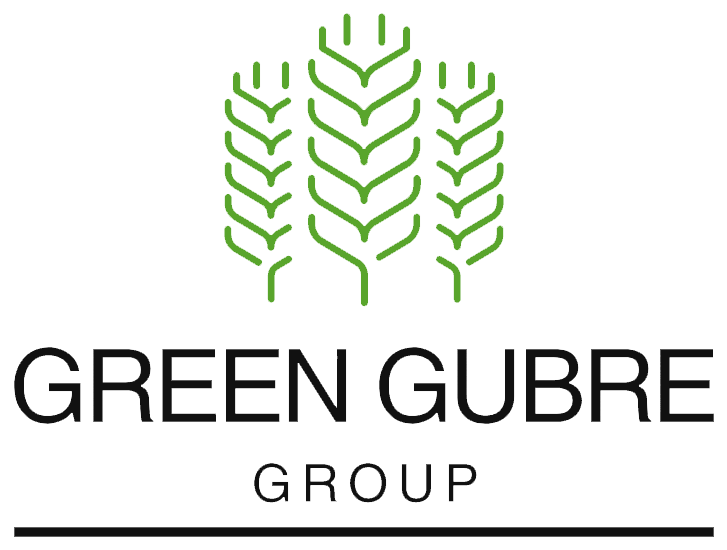Controlled pH Fertilizers – Managing Soil Reactions for Maximum Nutrient Efficiency
Controlled pH Fertilizers – Managing Soil Reactions for Maximum Nutrient Efficiency

Introduction: Why Soil pH Matters in Fertilizer Performance
Soil pH is one of the most critical factors influencing nutrient availability, microbial activity, and overall plant health. Yet it’s often overlooked in fertilizer planning. Even if you apply high-quality fertilizers, acidic or alkaline soils can lock up nutrients, rendering them unavailable to plants.
Controlled pH fertilizers are designed to overcome this barrier by either maintaining a neutral pH or actively adjusting the root zone environment to optimize nutrient availability. These products are particularly beneficial in soils with pH extremes or in intensive cropping systems where nutrient efficiency is paramount.
What Are Controlled pH Fertilizers?
Controlled pH fertilizers are granular or liquid products formulated to:
- Maintain a stable pH in the fertilizer solution
- Reduce the acidifying or alkalizing effects of nutrient reactions in the soil
- Optimize nutrient uptake by keeping them in soluble, plant-available forms
Types of controlled pH products include:
- Buffered Fertilizer Blends: Contain acid-base buffering agents
- Acidified Formulations: Lower the pH of alkaline soils
- Alkaline-Stabilized Solutions: Counteract acidity in highly weathered or peat-based soils
- pH-Optimized Chelates: Stable over wider pH ranges, especially for Fe, Zn, and Mn
Benefits of pH-Controlled Fertilizers
Using fertilizers with pH control features provides multiple agronomic and economic advantages:
| Benefit | Impact |
|---|---|
| Enhanced Nutrient Availability | Keeps phosphorus, iron, and micronutrients in plant-available form |
| Better Fertilizer Use Efficiency | Reduces nutrient lock-up and leaching losses |
| Improved Soil Biology | Fosters beneficial microbial activity in optimal pH zones |
| Root Health & Development | Balanced pH supports root elongation and mycorrhizal colonization |
| Compatibility with Foliar Systems | Prevents pH-induced degradation of tank mixes |
Studies have shown that maintaining a pH between 5.5 and 6.5 in the root zone significantly enhances the uptake of phosphorus, zinc, and manganese in crops such as maize and tomatoes.
Ideal Conditions for Use
Controlled pH fertilizers are beneficial in:
- High-pH (alkaline) soils: Found in arid/semi-arid regions with calcium carbonate
- Low-pH (acidic) soils: Common in high rainfall areas with organic matter accumulation
- Soilless media & hydroponics: Where pH shifts rapidly due to fertilization
- High-intensity fertigation systems: Where nutrient efficiency is essential
Also suitable for sensitive crops such as:
- Blueberries, strawberries, and citrus
- Greenhouse vegetables and ornamentals
Source – Fertilizer Focus Magazine
Application Methods and Compatibility
Controlled pH fertilizers can be applied via:
- Fertigation: Compatible with pH sensors and dosing systems
- Foliar Spray: Acid-buffered foliar formulas improve absorption
- Granular Broadcast or Banding: Slow-release or buffered-release forms
Compatibility tip:
Always test pH when mixing with other agrochemicals. Even “safe” tank mixes can experience instability if the solution becomes too acidic or alkaline.
Source – CropLife – Safe Fertilizer Mixing
Green Gubre Group’s pH-Smart Fertilizer Portfolio
At Green Gubre Group, we provide:
- Buffered NPK Granules: Stable-release pH-balanced formulations
- Acidified UAN & MAP Liquids: Ideal for alkaline soils and drip irrigation
- Chelated Micronutrients with Wide pH Stability: Especially for Fe-EDDHA and Zn-DTPA
- Custom pH-Controlled Blends: Based on local soil test results and crop needs
Our agronomists also provide:
- pH mapping services
- Fertilizer compatibility assessments
- Integrated nutrient management plans
Conclusion: Fertilize with pH in Mind
Fertilizer performance doesn’t just depend on nutrient content—it depends on how nutrients interact with the soil environment. By using pH-controlled fertilizers, farmers can ensure better uptake, higher efficiency, and greater crop resilience, especially in challenging pH conditions.
In short, managing pH is managing yield—start your next season with pH-smart nutrition.




